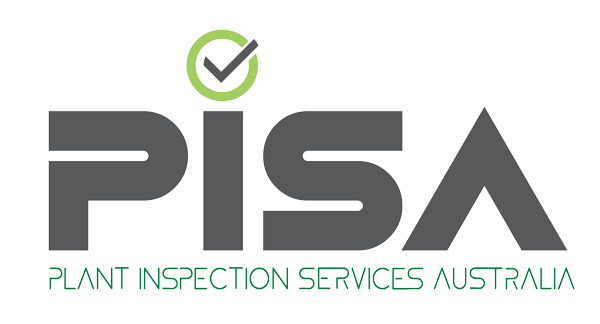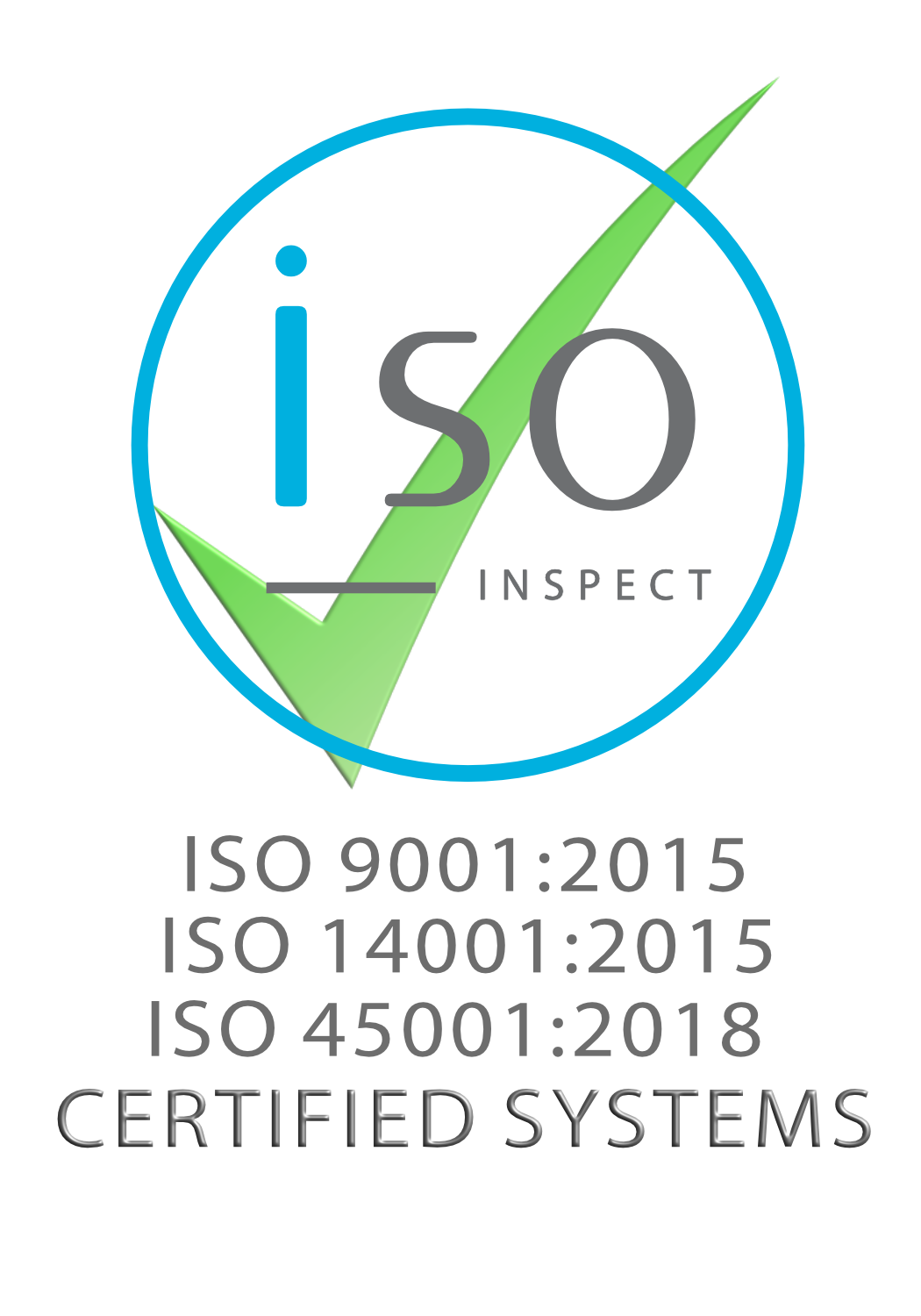NON-DESTRUCTIVE TESTING
The safest way to test.
Ensure the safety & integrity of your equipment without any damage.
Trust PISA to safeguard your investments with cutting-edge non-destructive testing solutions. You’ll benefit from precise, reliable, and comprehensive testing services that help you maintain operational efficiency, comply with safety regulations, and extend the lifespan of your assets.
NDT methods & techniques.
Our team of experts use advanced NDT techniques to detect flaws and weaknesses before they become major issues. Considering your industry, the materials and equipment being tested, and the infrastructural requirements, we use the safest, most appropriate method for your context.
Visual inspection (VT)
VT simply involves a thorough visual examination of equipment and structures. Using the naked eye and magnifying tools, we look for surface defects such as cracks, corrosion, misalignments, and wear. This is an essential first step in many inspection routines and is often used in conjunction with other NDT methods.
Ultrasonic weld testing (UWT)
This specialised testing method is used to inspect the quality and integrity of welds. It detects internal defects such as cracks, porosity, and lack of fusion within the weld and heat-affected zone by analysing the reflections of ultrasonic waves. UWT is crucial in industries like construction and pipeline maintenance, where weld integrity is essential for safety and performance.
Ultrasonic thickness testing (UTT)
UTT measures material thickness to assess conditions like corrosion, erosion, or wear. It involves sending ultrasonic pulses perpendicular to the material and recording the echo return time to calculate thickness. UTT is widely used in the oil and gas, manufacturing, and marine sectors to monitor the wall thickness of pipes and tanks.
Magnetic particle testing (MT)
This method is used to detect surface and near-surface defects in ferromagnetic materials. By applying a magnetic field to the material and sprinkling iron particles over it, defects become visible as the particles gather at discontinuities. Particle testing is commonly used for inspecting welds, castings, and forgings.
Dye penetrant testing (PT)
Dye penetrant testing detects surface-breaking defects in non-porous materials. A liquid dye is applied to the surface, and after a set period, excess dye is removed. A developer is then applied, which draws out the dye from defects, making them visible under ultraviolet or visible light. This method is effective for inspecting metals, plastics, and ceramics.
Eddy current testing (ET)
Eddy current testing detects surface and near-surface defects, as well as measure material thickness and conductivity. It utilises electromagnetic induction to create eddy currents in conductive materials, and changes in these currents are analysed to identify defects or variations in the material. Eddy current testing is particularly useful for inspecting painted components without the need to remove the protective coating for defect detection.
Call us or book non-destructive testing online.
PISA provides thorough, precise, and dependable NDT services that keep your operations running safely and smoothly. Book online or call us to discuss your project needs and unique requirements.

